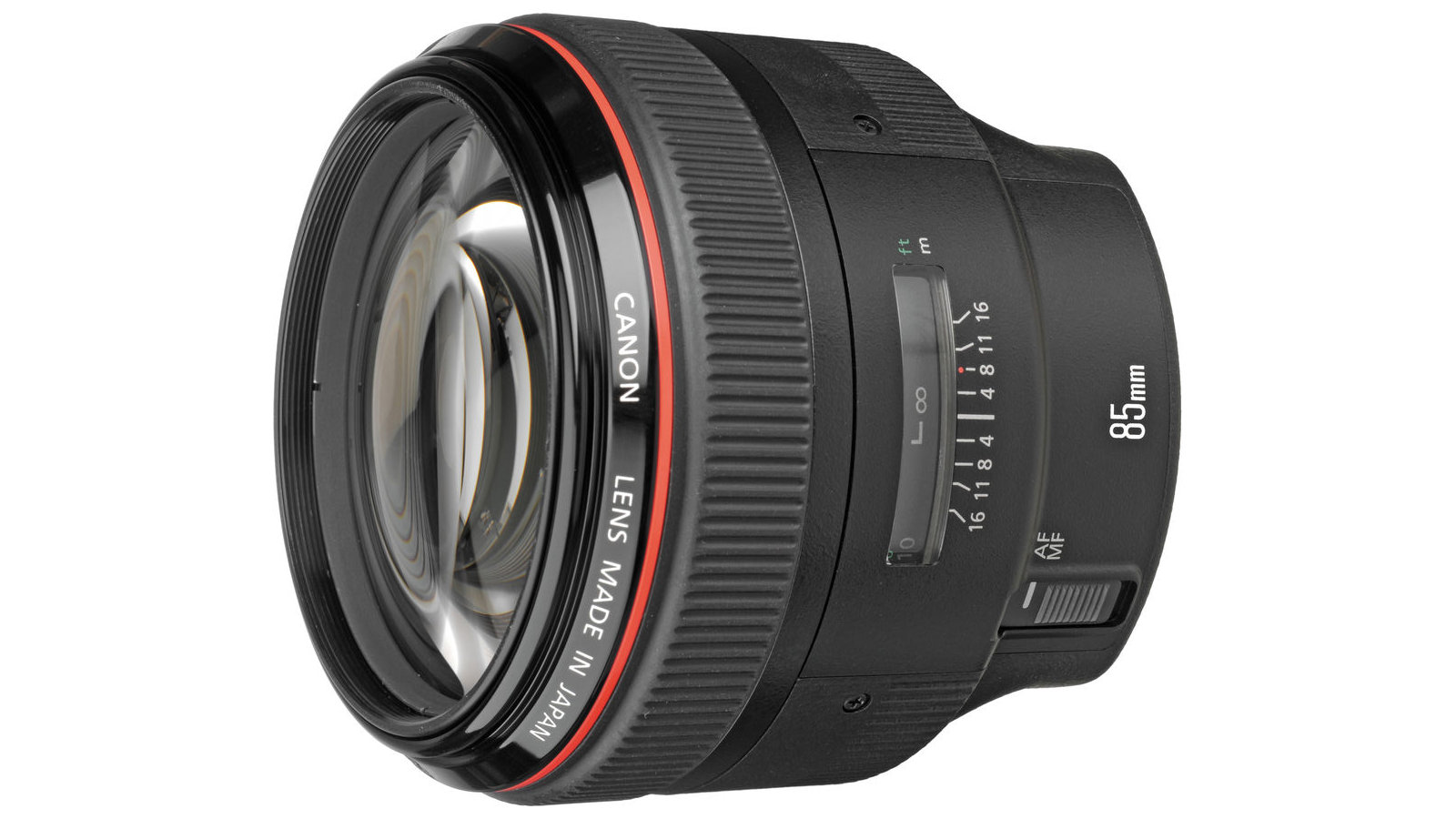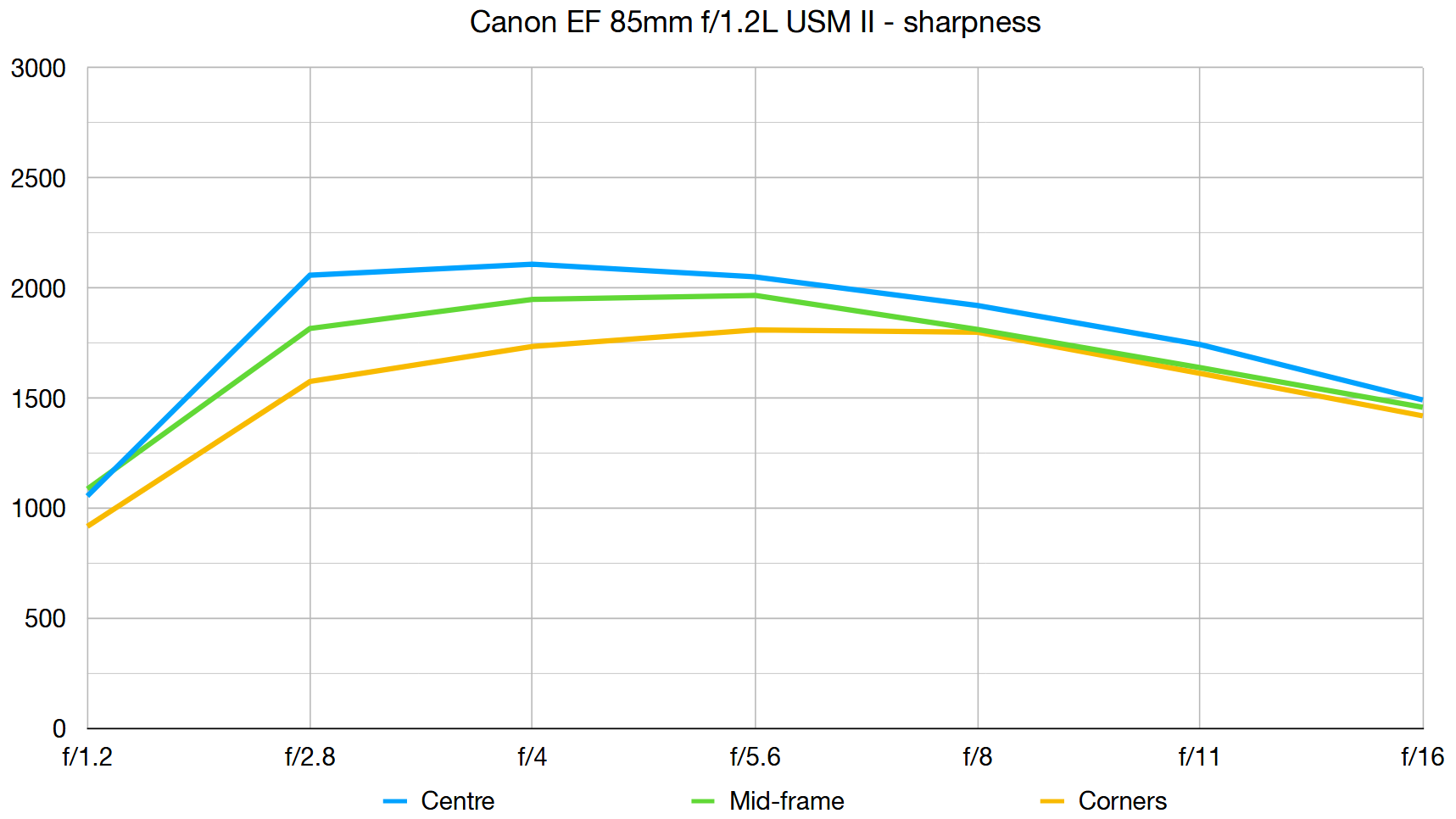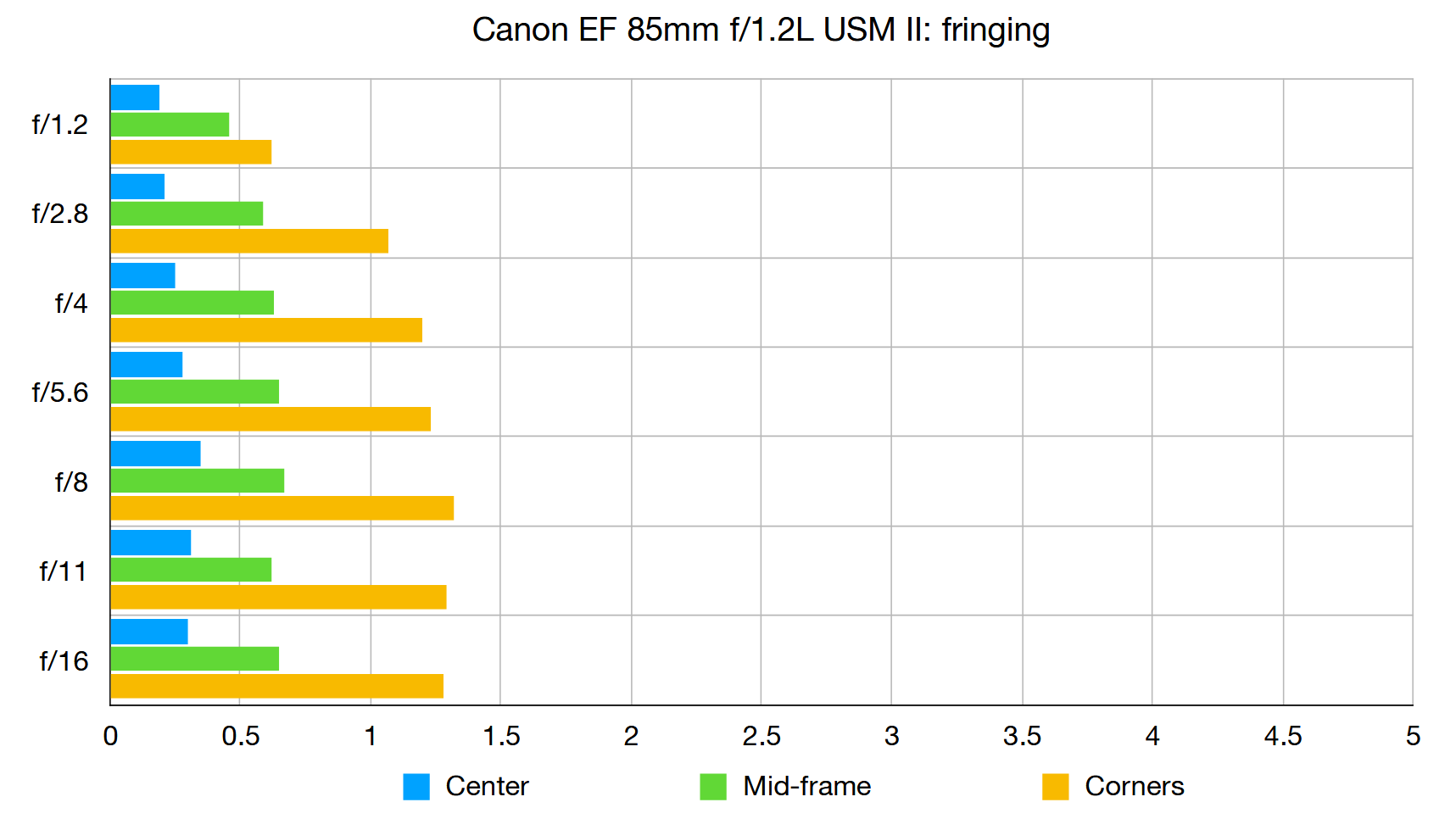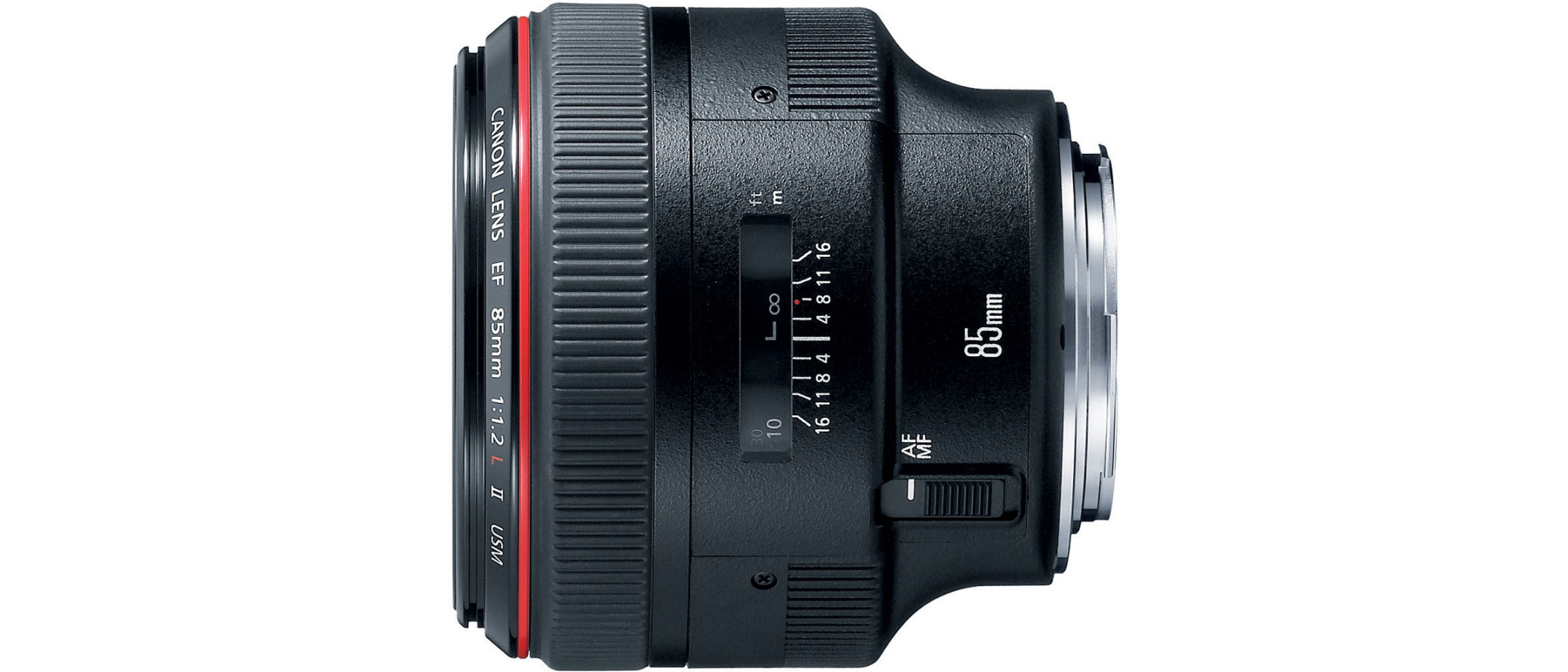Digital Camera World Verdict
It’s not a massively sharp lens but that’s not really the point. The Canon EF 85mm f/1.2L USM II is famous for its beautiful bokeh and its ability to isolate the main subject within a scene. Coupled with an ideal focal length, this makes it a long-standing favorite with some of the world’s greatest portrait photographers. There’s sufficient sharpness on tap to give full detail to the eyes, while the roll-off makes for smooth, beautiful skin tones. However, the ultra-shallow depth of field demands very precise focusing, which can be a struggle for DSLRs.
Pros
- +
Great for portraiture
- +
Super-tight depth of field at f/1.2
- +
High-precision focus ring
Cons
- -
Axial chromatic aberration
- -
No weather-seals
- -
Pretty weighty and pricey
Why you can trust Digital Camera World
The Canon EF 85mm f/1.2L USM II is a favorite of the most demanding professional portrait and wedding photographers worldwide. It’s ideal if you want to literally focus all of the attention on the eye, thanks to its incredibly tight depth of field. The quality of bokeh is especially alluring and the lens has the ability to beautify skin tones giving them a sublime softness without drawing attention to every tiny blemish.
Read more:
The best portrait lenses
The best lenses for wedding photography
Specifications
Mount: Canon EF
Full-frame: Yes
Autofocus: Yes
Image stabilisation: No
Lens construction: 8 elements in 7 groups
Angle of view: 28.5 degrees
Diaphragm blades: 8
Minimum aperture: f/16
Minimum focusing distance: 0.95m
Maximum magnification ratio: 0.11x
Filter size: 72mm
Dimensions: 92x84mm
Weight: 1,025g
Key features

Naturally, to let in more light and enable the ultra-fast f/1.2 aperture rating, the front group of elements need to have a wide diameter. Since these large and weighty elements also move forwards and backwards for focusing, autofocus is pretty sluggish. Even so, autofocus speed is improved in this Mark II edition, compared with the original lens.
Unusually for a ring-type ultrasonic autofocus system, the manual focus ring is coupled electronically rather than mechanically. It’s a clever design flourish, because accurate focusing is highly critical with such a tight depth of field at f/1.2. The focus ring’s electronic encoder enables much greater precision for manual focusing than in the vast majority of autofocus lenses.
Although build quality is of a fully pro-grade standard, this lens lacks the weather-seals that usually adorn L-series optics. Tipping the scales at 1,025g, it’s certainly no lightweight.
Performance
Sharpness is pretty mediocre when shooting wide-open, even at the centre of the frame, but that’s good news for smooth skin tones and you can pick out plenty of detail in the eyes for portraiture. Either way, sharpness picks up well when reducing the aperture by small amounts to f/1.4 and f/1.8. Overall image quality is very pleasing with beautiful bokeh but axial chromatic aberration can be noticeable when shooting wide-open, around high-contrast edges that are just in front of or behind the point of focus. When stopping down a little, the 8-blade diaphragm gives a pronounced octagonal shape to defocused points of light - wide-open shooting is its strong point. And while manual focusing offers excellent precision, DSLRs can struggle to nail autofocus and it’s common to only capture a few keepers in a large series of shots when using this lens.
Lab results
We run a range of lab tests under controlled conditions, using the Imatest Master testing suite. Photos of test charts are taken across the range of apertures and zooms (where available), then analyzed for sharpness, distortion and chromatic aberrations.
We use Imatest SFR (spatial frequency response) charts and analysis software to plot lens resolution at the center of the image frame, corners and mid-point distances, across the range of aperture settings and, with zoom lenses, at four different focal lengths. The tests also measure distortion and color fringing (chromatic aberration).
Sharpness:

Levels of sharpness drop off substantially when shooting wide-open but that’s not really a problem for soft and dreamy portraiture, which is this lens’s strong point.
Fringing:

Lateral chromatic aberration is quite minimal but axial (or longitudinal) color fringing can be quite noticeable, occurring anywhere across the entire image frame.
Distortion: -0.96
Our lab tests revealed a hint of barrel distortion but not it’s enough to be noticeable in the vast majority of real-world images.
Verdict
A classic lens, it’s really made its mark in the realms of top-end portrait and wedding photography. It’s still a great choice for DSLRs but, in terms of build quality, image quality, consistently accurate autofocus and ease of use, it’s been comprehensively overtaken by Canon’s newer RF edition of the lens for its EOS R-series cameras.
Read more:
Matthew Richards is a photographer and journalist who has spent years using and reviewing all manner of photo gear. He is Digital Camera World's principal lens reviewer – and has tested more primes and zooms than most people have had hot dinners!
His expertise with equipment doesn’t end there, though. He is also an encyclopedia when it comes to all manner of cameras, camera holsters and bags, flashguns, tripods and heads, printers, papers and inks, and just about anything imaging-related.
In an earlier life he was a broadcast engineer at the BBC, as well as a former editor of PC Guide.



